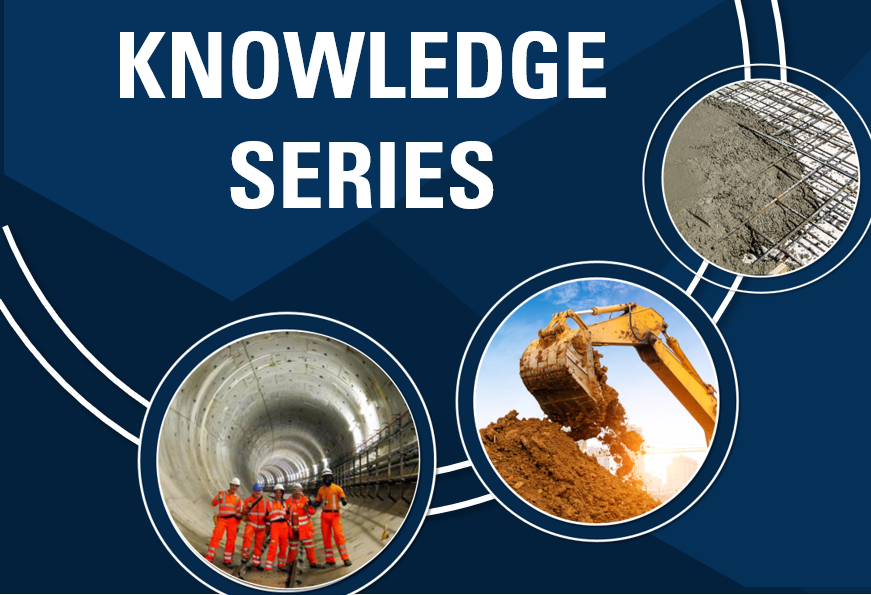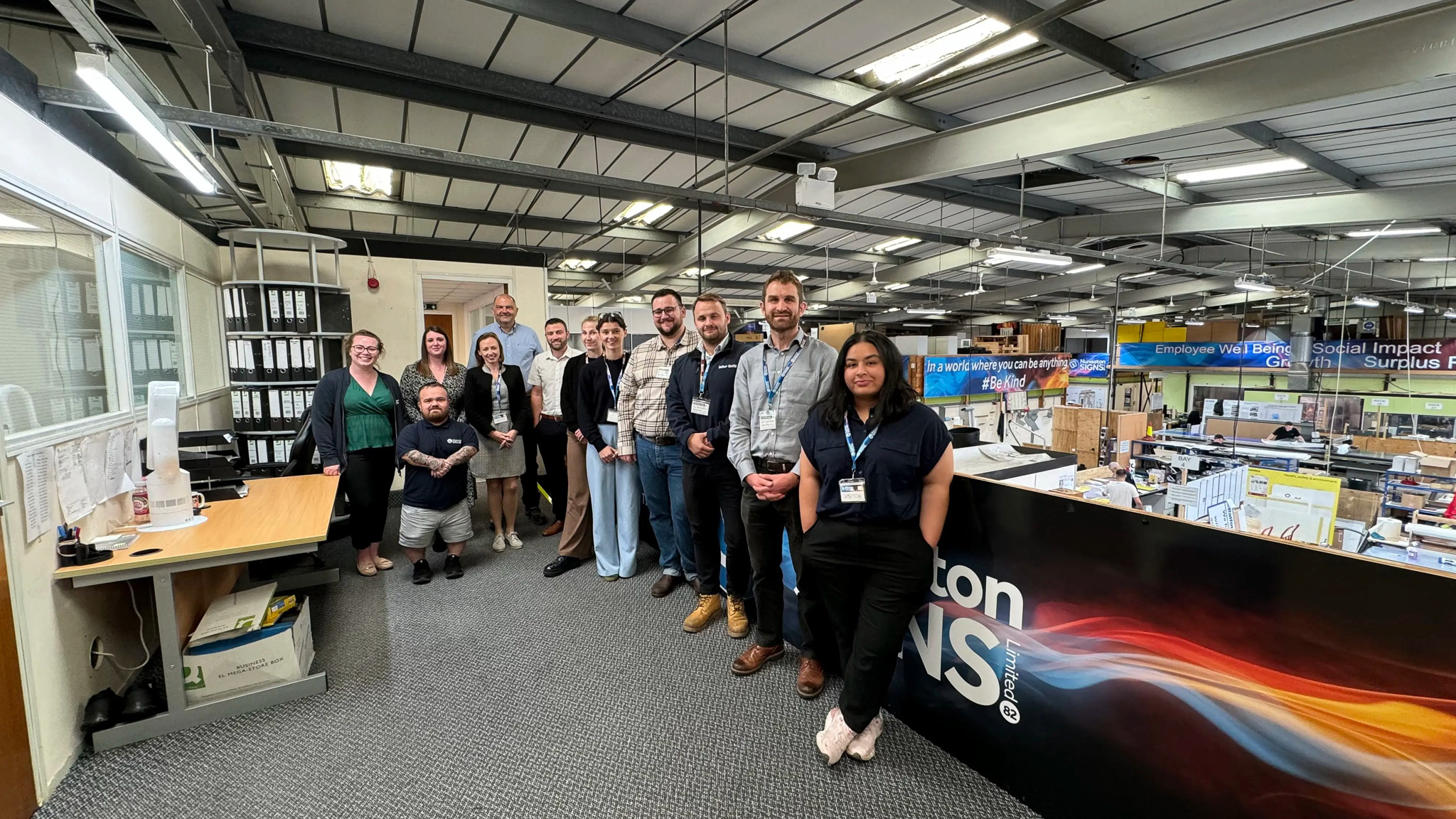The goods and services we purchased in 2024, represented 83% of our Scope 3 carbon emissions and included hard to decarbonise products like concrete, steel and aggregates. As we do not directly control these emissions, this area is our biggest challenge and that is why we have set an ambitious, but realistic target of reducing these emissions by 25% by 2030.
To meet this target, we are focussing our efforts on three key groups:
• Our procurement teams – responsible for the day-to-day selection of our supply chain partners for the products and services we buy. This group are growing their sustainability knowledge through training that helps them to consider carbon alongside other factors when making decisions. Using our sustainability heatmap tool, they identify partners who can have the biggest impact on reducing our Scope 3 carbon emissions and are working on initiatives like Cement 2 Zero - a trial of the world’s first zero emissions cement at an industrial scale.
In 2024, we also launched a Concrete Knowledge course to upskill teams and surveyed 50 steel suppliers to assess their decarbonisation strategies to ensure we’re buying from the right partners.
• Our supply chain partners – all of our UK supply chain partners work to our Sustainable Procurement Policy which outlines priorities including minimising carbon emissions over the lifecycle of a product or service and enabling the reporting of Scope 3 carbon emissions. To help our supply chain partners meet these requirements, we are collaborating with them on a range of innovative projects including the development of a software solution that uses invoice data to provide embodied carbon data. This will enable the benchmarking of the carbon footprint of different products and services, which can be used to inform purchasing decisions.
• Our customers and design teams - a key lesson from our ‘Towards a Zero Carbon Construction Site’ initiative at the Royal Botanic Garden project in Edinburgh, was the importance of early engagement and decision making. Working closely with customers and design teams helps to embed low-carbon solutions early in the design, construction, operation and decommissioning of an asset.




